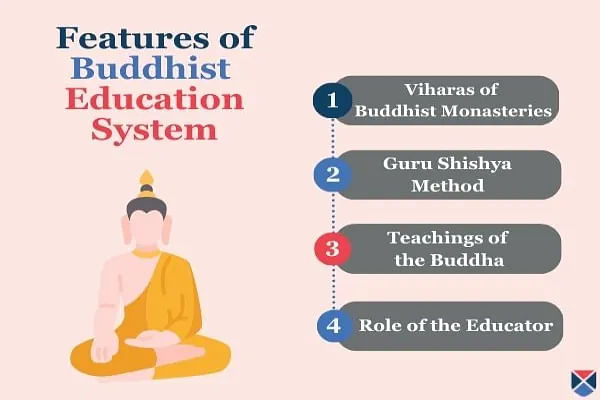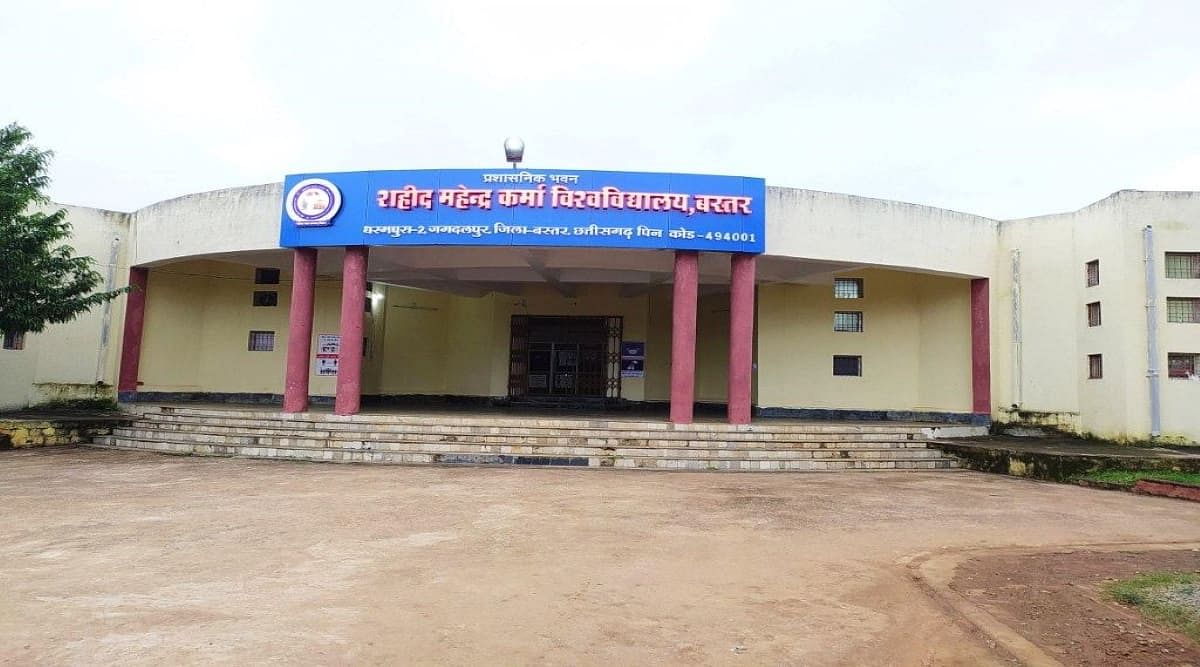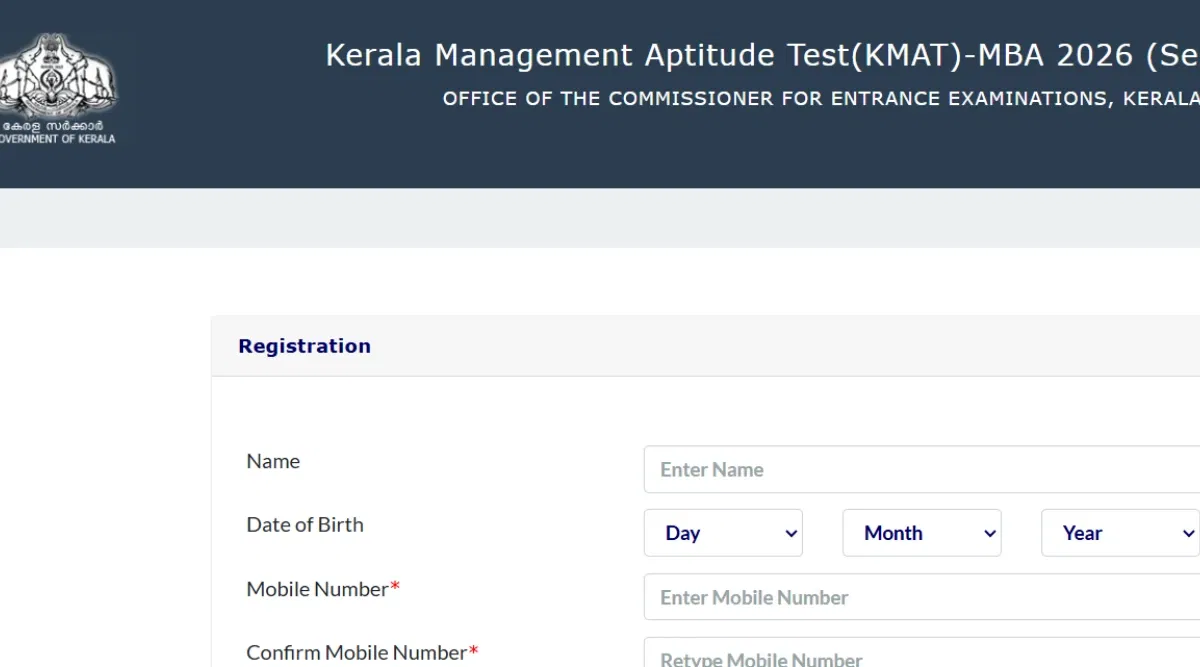The Buddhist Education System consists of three important aspects, namely morality, contemplation and wisdom. The teachings are based on the experiences of Lord Buddha.
Table of Contents
The Buddhist Education System is an educational methodology that is based on the life experiences of lord buddha existing from the 5th century. The Buddhist education system focuses on the mortal, mental and physical development of a child. It aims to facilitate the all-round holistic development of a learner in all areas of life.
What are the Features of the Buddhist Education System?
The Buddhist Education System is one of the most holistic education systems on the globe. Below given are the key features of Buddhist Education:

1. Admission & Learning Hubs
Viharas of Buddhist monasteries were the centres of learning where the monk was accountable for the teaching and academic upbringing of a child. The candidate had to be willing to present himself to the tutor, who had to ensure that the candidate was completely changed after teachings.
The Buddhist education system focuses on mentorship, as it would take 12-20 years for a pupil to achieve the thinking level of a monk. Students have to dedicate themselves to mind, body and soul to achieve the prestigious title of a monk.
2. Teaching Practices in Buddhist Education
The Buddist education system consists of the "Guru Shishya" method of teaching, which was mainly verbal, where talk formed an essential part of the education. The learners were evaluated on the basis of learning retention, application, and conduct.
3. Learning the Teachings of the Buddha
In the teaching methodology of the Buddhist education system, the emphasis was placed on comprehending the teachings of Buddha through the scriptures.
Renowned people from the domains of theology, medicine, military, etc, were often asked to share their knowledge with the students at the monastery. In recent times, this method is known as the guest lectures.
4. Role of the Educator
The Buddhist education system executes a unique focus on integrating mutual reverence and attachment between a teacher and their student. The students generally attend to the teacher everywhere. Teachers focus on equipping students with manners, discipline, abstinence and clarity.
Unlike formal education, where a teacher and student are connected for a certain period, Buddhist education focuses on ensuring a lifelong relationship between the teacher and pupil.
Also Check: Yoga Courses after 12th
Buddhist Education System in India
The Buddhist Education System in India aims to attain perfect peace and happiness through the principles of lord buddha. Here are the eight most famous elements of the Buddhist Education system in India:
- Learning aims to attain Nirvana, and the entire curriculum helps students to attain that goal.
- Buddhism is a form of learning mainly obtained in Mathas, Viharas, and Monasteries managed by monks. Students from Asian countries like Burma, Tibet, China, and Malaysia learn Buddhism in these monasteries.
- The Buddhist education system has a wide and optimistic vision towards teaching. Hence, students are free from caste system bondages, and everyone is treated equally.
- Secular education is given priority along with religious and intellectual aspects.
- A unified teacher-student relationship is sustained in the Buddhist education system. Tutors and students share equal respect and also learn to balance their lives through teachings.
- The Buddhist education system consists of curriculum activities like Spinning, Weaving, Drawing, Medicine, etc., that help to live a basic life later in the world.
- The method of learning is done via classes, examinations and conferences.
- The Buddhist Education System was developed to find concrete answers to various life problems.
Also Check: 5 Yoga Postures to Increase Concentration in Studies
Objective of the Buddhist Education System
The Buddhist Education System aims to attain ultimate wisdom and find solutions to the world's sufferings. Below are the aims of the Buddhist education system.
- The goal of the Buddhist education system is to bring everyone on a joint platform and help reach the most elevated form of human satisfaction through learning, meditation and self-reflection.
- Buddha argued that supreme wisdom is not something that can be obtained. Still, it is inherent to one's nature, and a person is required to dive into their subconscious & explore it.
- The Buddhist education system obtained popularity when it started imparting education to students from various ethnicities & races. It concentrates on the moral, intellectual and spiritual growth of a student.
- The Buddhist Education System is a collected and practical education system that continues to impact society in modern times. It intends to cultivate harmony in all areas of life.
Also Check: Skill Development Courses List for Students
Teaching Methodology in Buddhist Education System
According to Buddhist teachers, there are three elements of learning, namely body, mind and consciousness. Every student's mind, body, and consciousness level varies, so for every age group, there is a different teaching method. Below are some of the ways of teaching students in monasteries.
- In the Buddhist period, the Pali language was very common, so this became the medium of instruction in the monasteries.
- Buddhist educators have prepared manuscripts from important texts and scriptures for centuries and have kept them safe in laboratories. The teachers teach those scriptures and use various types of teaching methods to students at present.
- Buddhist monks teach activity-aimed or designed subjects through demonstration, representation and training methods.
- Students with higher consciousness are given the opportunity to self-study earlier.
Also Check: 6 Coping Strategies For Student Mental Health
Types of Teaching Methods in the Buddhist Education System
There are various types of teaching methods that Buddhist Monks use to teach students, like the student-centred method, lecture method, discussion method, etc. A brief explanation of the types of Buddhist teaching methods are mentioned below:
- Imitation Method: It is a primary-level natural method of teaching and learning that originated in the Buddhist period. In this method, teachers use to pronounce or write words, and students imitate them.
- Question-Answer Method: In this method, the students are open to questioning the teacher, and the teacher responds to their curiosity with suitable answers. Every student is given the opportunity to question and clear their doubts regarding the world.
- Explanation Method: It is a middle school level method in which students are explained the lessons in detail. It is a very common practice to simplify and summarise the lessons for student's better understanding.
- Debate & Logic Method: It is a method in which controversial topics are taught through debating and logic. It follows a process to find the theory, cause, example, parallelism, contradiction, evidence, induction and hypothesis.
- Lecture Method: The lecture method is a method in which guest scholars are invited to give lectures, clarify complex concepts, and enrich the knowledge of students.
- Shastrarth & Conference Method: In higher Buddhist monasteries, conferences were held for students and various scholars were invited to deliver lectures. Shastrath was also held, which is an intellectual debate on the topics.
- Demonstration and Practice Method: It is a method in which students demonstrate an act, and then they imitate it and master it until they attain mastery. Previously, it was used to teach fine arts, masonry, vocational subjects, etc.
- Self-Study Method: It is an old method of studying that was developed in the Buddhist period. Students at higher levels used to practise this method, where they used to sit in libraries and study for hours.
Subjects of the Buddhist Education System
The Buddhist education system is the premier education system to introduce a systematic curriculum consisting of primary and secondary levels. While in primary schooling, the students are taught basic reading, writing, maths, and problem-solving.
In contrast, at the secondary level, students will learn philosophy, religion, medicine and military training along with the previous courses. The major subjects in the Buddhist education system include:
- The Teachings of the Lord Buddha
- Ayurveda & Surgery
- Arts & Crafts
- Spinning, Artwork, Sewing, Cloth Printing
- Tailoring
- Commerce
The curriculum of the Buddhist education system is free from joint narrowness, and it concentrates on the growth and promotion of art & literature. The upliftment of the sanctuaries by the old, mediaeval and current governments has assisted in building an organised system.
Also Check: Modern Education System
Buddhist Education System Books
Buddhist Education System teachings and philosophies are centuries old, and with time, it has been simplified for everyone. Below are some of the books on the Buddhist Education System.
- Buddhist Education System, written by Y Nithiyanandam
- Ancient Indian Education: Brahmanical and Buddhist by Author Radha Kumad Mookerji
- Buddhist System of Education Modern Approach written by V. Nithiyanandam
- Buddhist Psychology: The Foundation of Buddhist Thought written by Geshe Tashi Tsering, Lama Thubten Zopa Rinpoche, et al.
- Buddhist Logic and Epistemology, written by Bimal Krishna Matilal
Learning Methodology
The Vedic age learning methodology was oral, and the Buddhist education system followed the same rule of learning via chanting. The instruction and education methods include discussion, talks, lectures, question-answer, thinking, etc. Further, the stress was laid upon thinking introspection and self-study.
Buddhist Education System Merits
There are lots of merits of a Buddhist education system that aims to attain salvation in life. Below are the merits of the Buddhist education system.
- Central Administration: The sanghas control the Buddhist education system and aid in bringing uniformity in the nature of education & administration. Previously, education varied on an individual basis in the hands of the teachers in the ancient period.
- Free Primary Education: In the Buddhist education system, primary education is free as it is the birthright of every individual, whereas fees are charged for higher education and are only provided based on merit.
- Organisation of Various Types of Education at All Levels: Buddhist education was of high quality and organised in maths and vihars. Every standard had a different type of teaching technique.
- Equal Opportunity: In the Buddhist education system, no one is big or small. Everyone is equal in the eyes of the teacher, regardless of their background, caste or creed.
- Broad Aims & Ideals of Education: The Buddhist education system aims to include broad ideals like physical and mental development, knowledge boosts, moral lessons, etc. The ideologies are practised as habits among students from an early age.























POST YOUR COMMENT